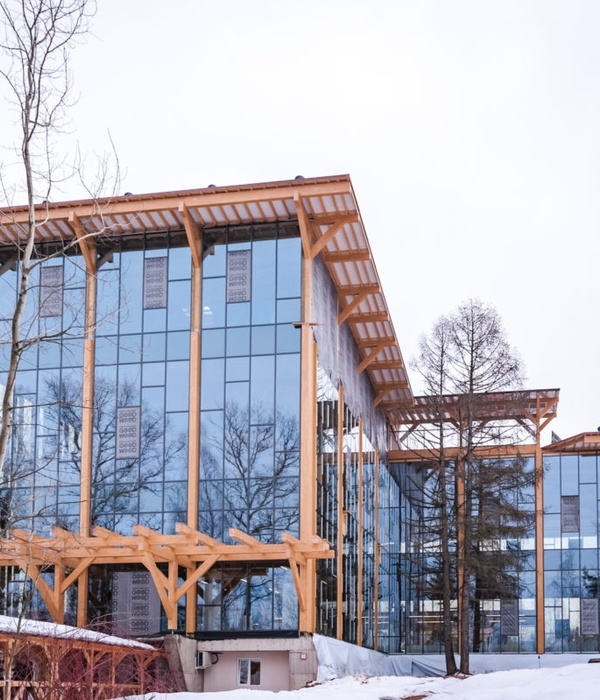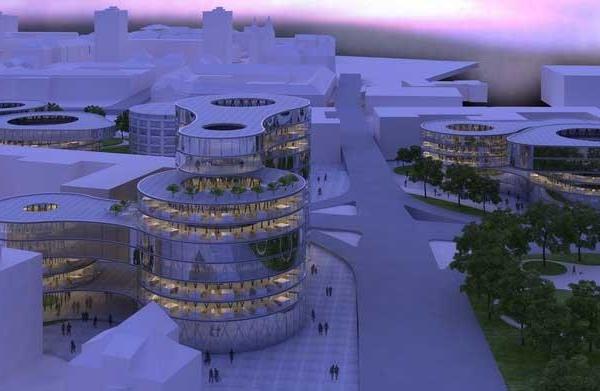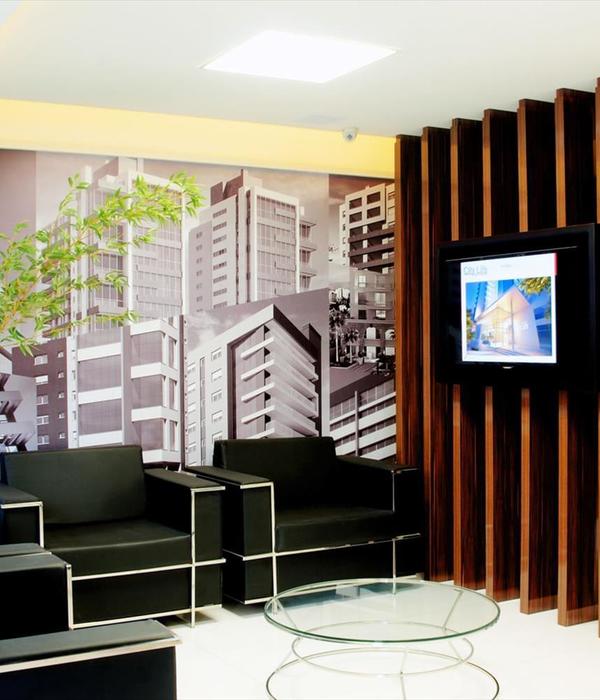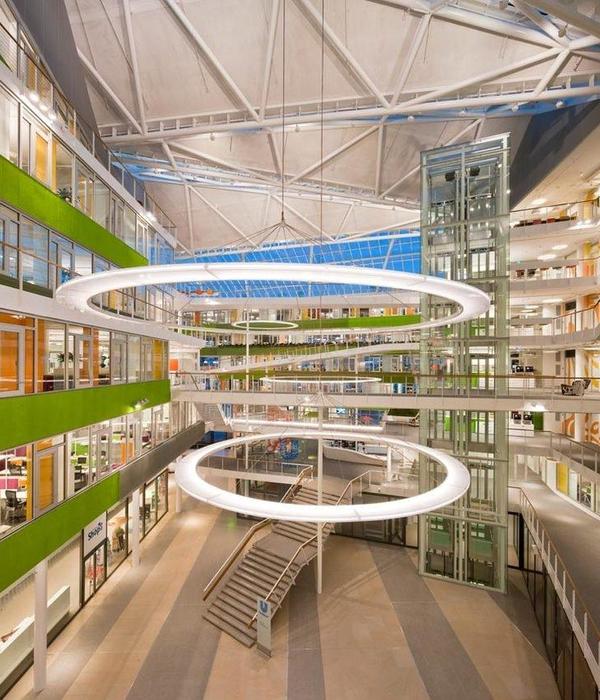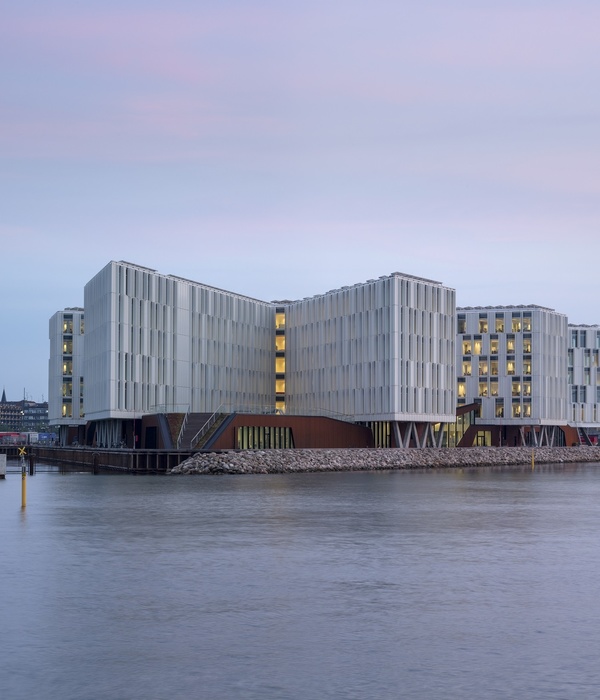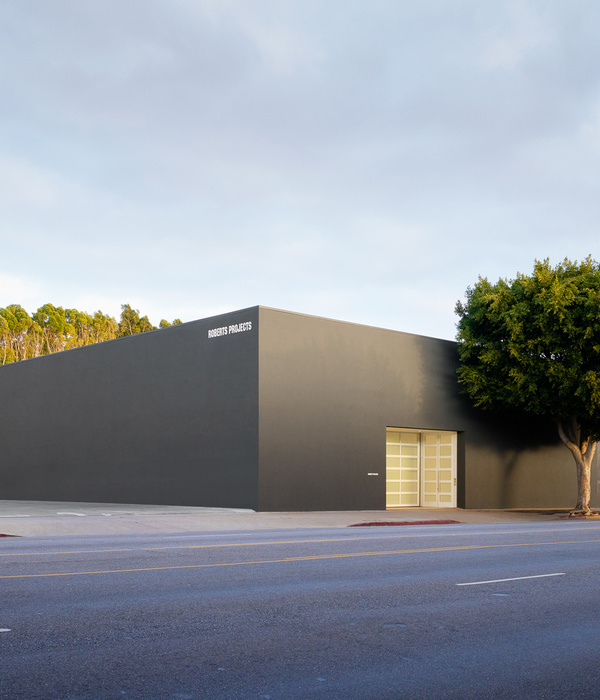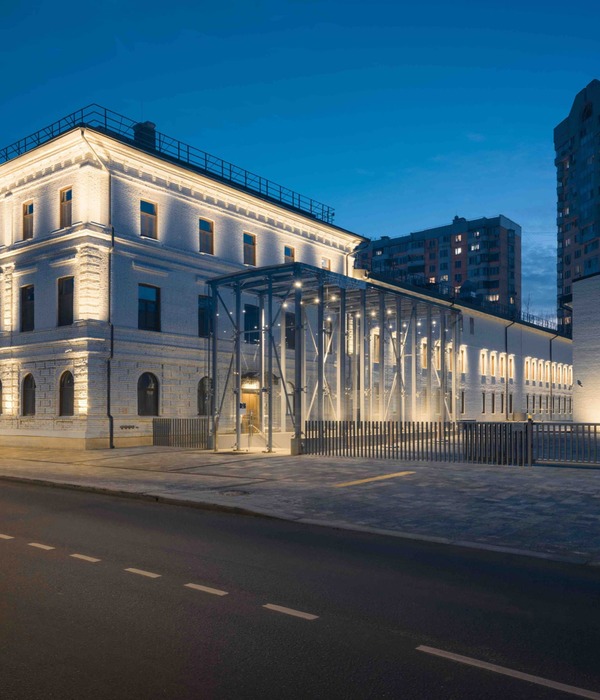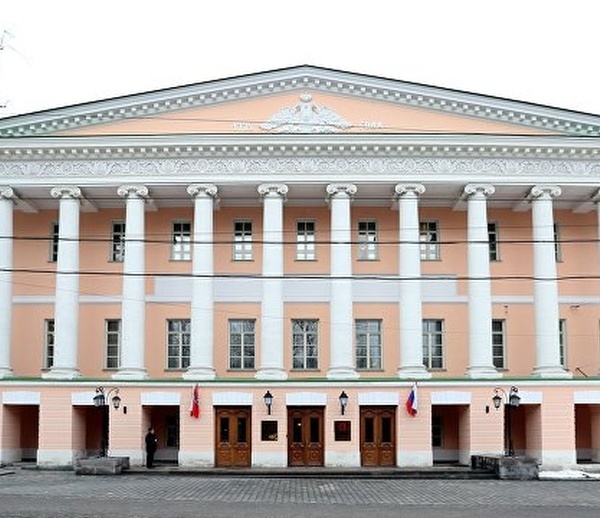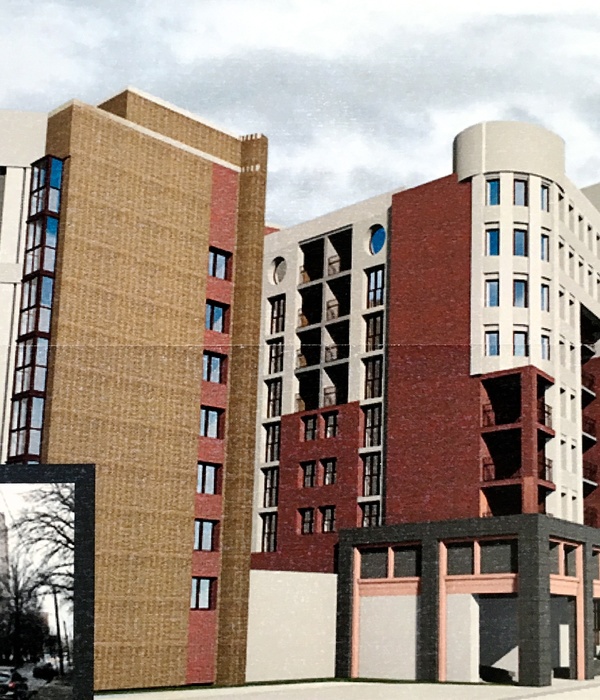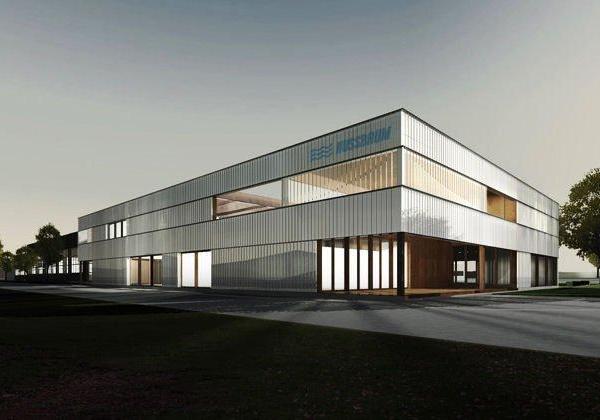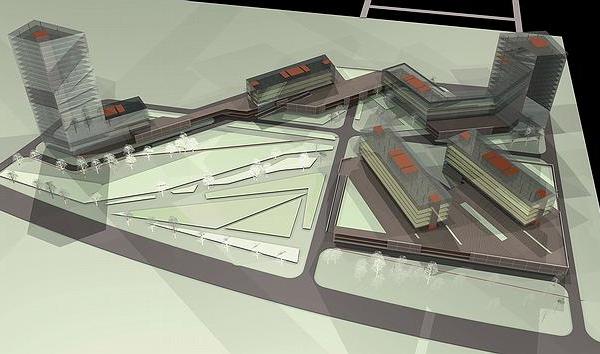Once utilised as a gathering place for the First Church of Christ Scientists, with a stint as a private residence in the 1980s, Sydney architecture firm SJB has sensitively restored this unique, historic building in Darlinghurst for the Paul Ramsey Foundation. Now known as Yirranma Place, the building has been reimagined as a social purpose precinct with philanthropy at its heart. “Yirranma” translates from Gadigal to “many-create”, speaking to the purpose of the precinct—a place where people come together to create and connect in the Darlinghurst neighbourhood. Yirranma Place is where for-purpose organisations, social enterprises, and people working for social change can collaborate; and for the local community to enjoy, from picking up a coffee to browsing displays, or attending an event. The interior now offers a flexible space for a range of functions—from galleries and event spaces, to meeting rooms and incubator hubs. The result is a remarkable building that accommodates for all, driven by a focus on accessibility and diversity.
The project presented a challenge, to foreground sustainable design principles as a central thread in this tapestry. Achieving this goal required SJB to combine expert knowledge of past practices and new technologies with an understanding of modern building code compliances to ensure the new work provided the best environment for its deserving occupants.
“We believe it is the challenges that create the best design outcomes,” says Charlotte Wilson, Senior Associate and project lead at SJB. “We’re proud of the success the spaces hold in mediating sensitivity with innovation.”
Existing functions of the building have been given new life so they can be enjoyed by current and future generations, offering fascinating glimpses into the building’s past uses. The original pipe organ, the largest in the southern hemisphere, has been reconditioned with a new plant room devoted to its functioning. All furniture and heritage items such as unused doors were held on to for either re-use in the project or future storage. The lower ground floor parquetry, for example, was carefully removed and retained and re-used on the new floor of the same space.
The project takes cues from Carlo Scarpa’s Castelvecchio Museum in Verona, a 1960s restoration of a medieval castle that layers new elements using time honoured crafts with modern manufacturing processes. Consideration in circulation and a curated spatial experience was orchestrated through plinths, bridges, doorways and staircases, arranged in asymmetric or playful ways, ensuring that the existing fabric is left intact to shine.
SJB’s design approach was underpinned by two overarching principles—sensitivity and respect. In this vein, a new 2 storey addition has been located above the entry portico and to the rear of the main church. The external language of the addition is that of a modern and clean glass box that reads at the same height as the church parapet and sitting back in the same plane. The location and scale of the addition is intended to be an obviously modern but discreet addition to the streetscape, allowing the original heritage building to maintain seniority.
A key civic gesture is the south-eastern portico off Liverpool Street, which is retained for public access and viewing. Visitors enter here as they did in the past to access the Grand Hall and café, but today encounter a remarkable new public art commission by Uncle Badger Bates, a Barkandji man whose work inspired the foundation.
Bates teaches young people about Barkandji culture and is widely recognised and respected as an activist and advocate for the health of the Barka, the Darling River. Bates not only designed the iron gates to the portico but also painted a sky full of stars onto the portico soffit, creating an indelible story of earth and sky with these two planes.
[Images courtesy of SJB. Photography by Anson Smart.]
▼项目更多图片
{{item.text_origin}}

